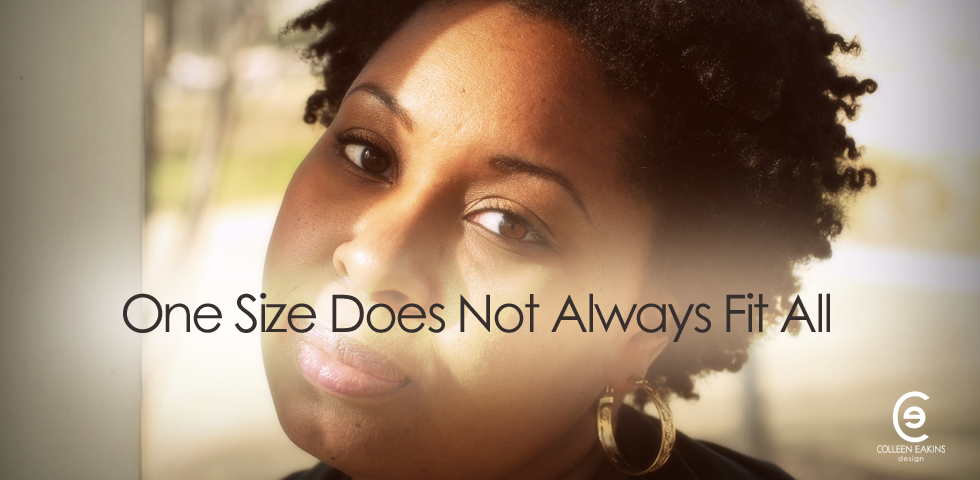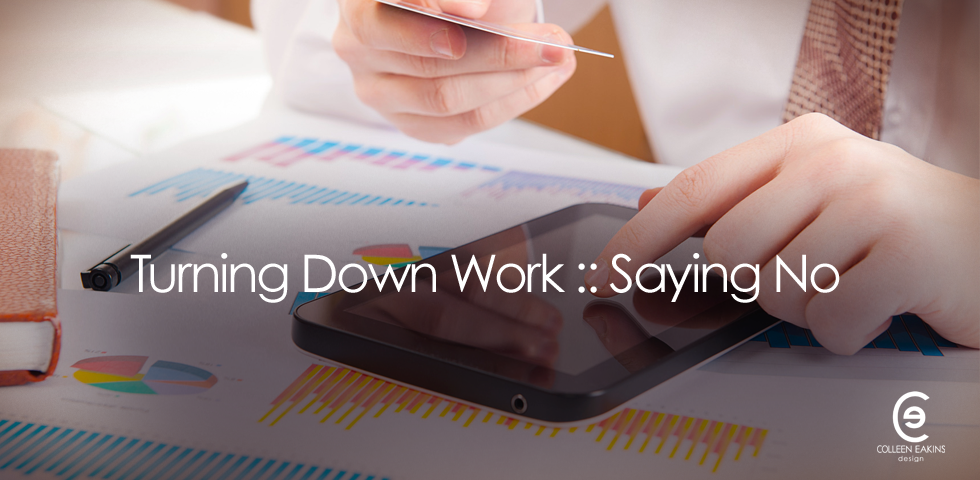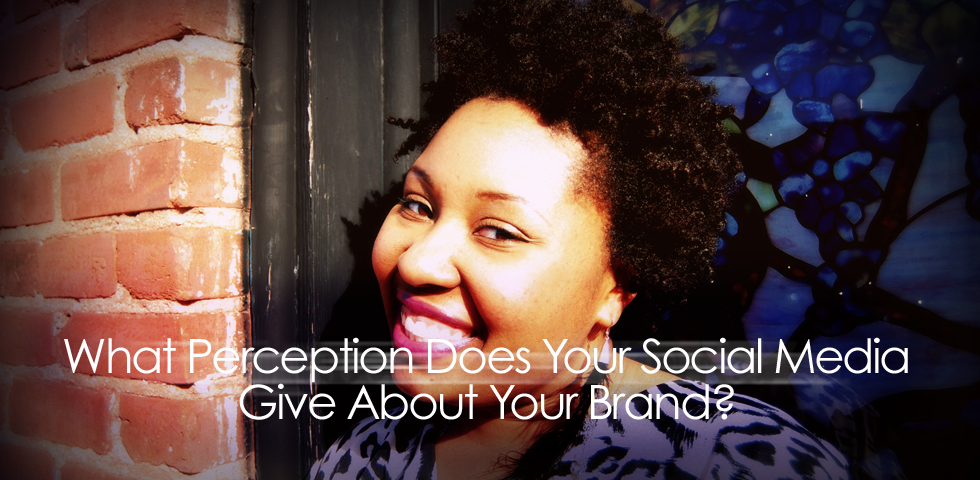One Size Does Not Always Fit All
I’m tired of the one size fits all approach…to everything; marketing, life, relationships, business, networking, etc. Maybe it is because I always seem to be that 1% that it does not fit or work for. For instance, I apparently have a watermelon-sized head. No one size fits all hat or adjustable ball cap ever fits me. At least not without an accompanying headache from it being too small. As it relates to business, I have fallen prey plenty of times to messages and strategies from marketing gurus that just did not work for me.
I was gullible.
I can admit that it was gullible of me to believe that there truly are universal blanket approaches that will work for everyone, including me. Can you blame me? We are bombarded with advertisements, blog posts, books and messages that tout ways to get more followers, traffic, brand recognition, business, customers, etc, everyday. We see them online through social media and offline in television commercials. For the brand or individual that originated the messaging, it works. People like me say, “Yes, I want that and need to know that!” Then, I am disappointed when I realize that while it was a great strategy, it was not a great strategy for me.
Moving forward.
I cannot knock the methods for not working for me because they will work for someone else and perhaps a whole bunch of someone else’s. What I can do is try not to fall prey again. When I feel myself getting excited about a new marketing strategy, I evaluate the why and how of it’s effectiveness. Then, I check to see if I have the why’s and how’s within my business and self to apply that same principle. If I don’t, I keep moving. If I do, I will implement the strategy for a three-month period of time and then measure the results against what I was previously doing. If the results are good, I continue; if the results are bad, I discontinue the approach.
While it is hard (for me) to resist trying a strategy when it is coming from someone that is a credible and authoritative individual on the subject, I have to remember that I too am an individual. Evaluating the effectiveness and validity of the strategy as it relates to me and my brand keeps me from banging my head against the wall for falling prey, again.
Colleen Eakins is a dynamic and creative individual that possess a knack for great design. With over 15 years of experience in the field of graphic design, Colleen is able to effectively brand her clients with great design pieces. Her motto is: “Anyone can make a pretty picture, but is it effective? Will it make your customer buy your product or use your services? My design tries to answer with a YES!”






